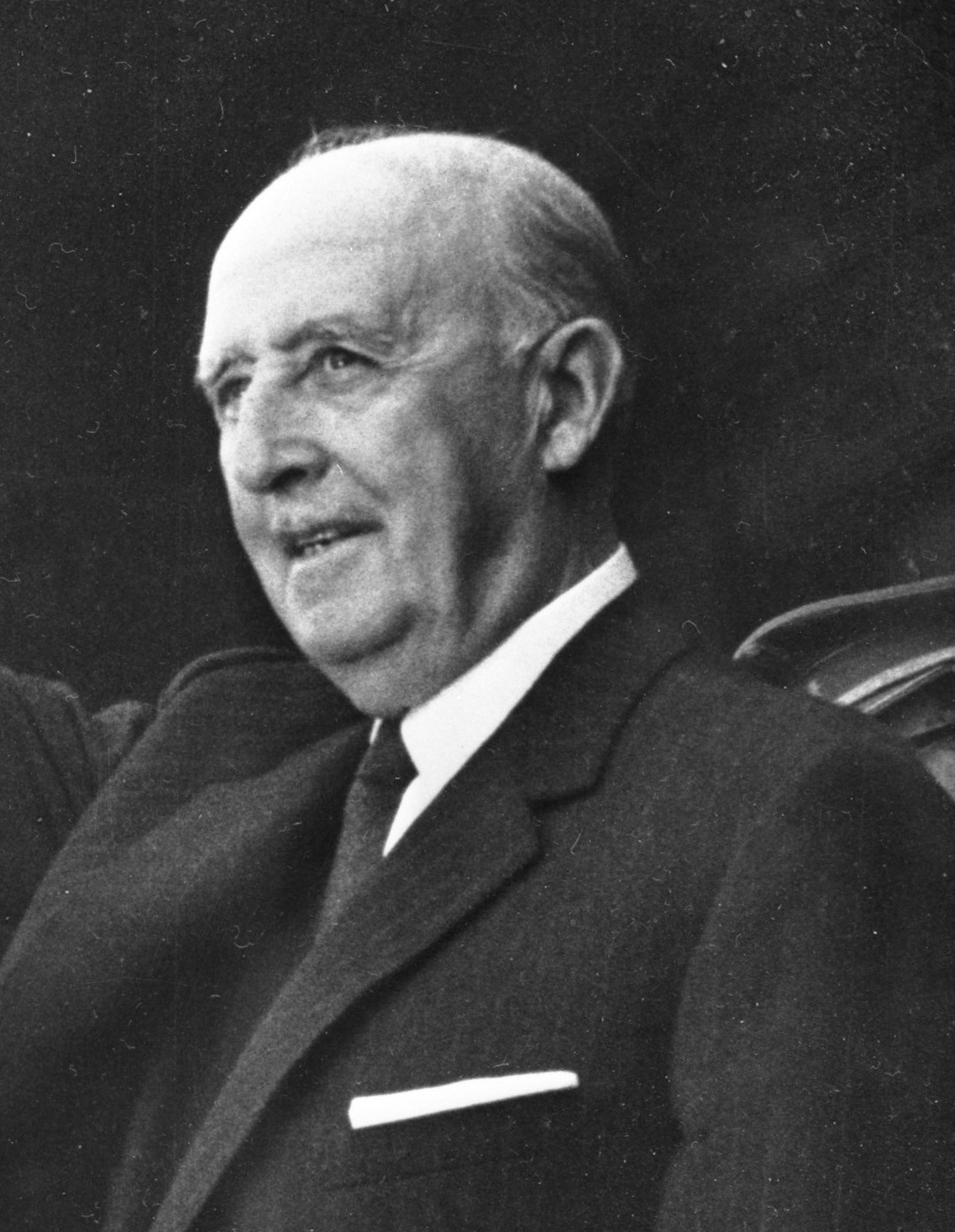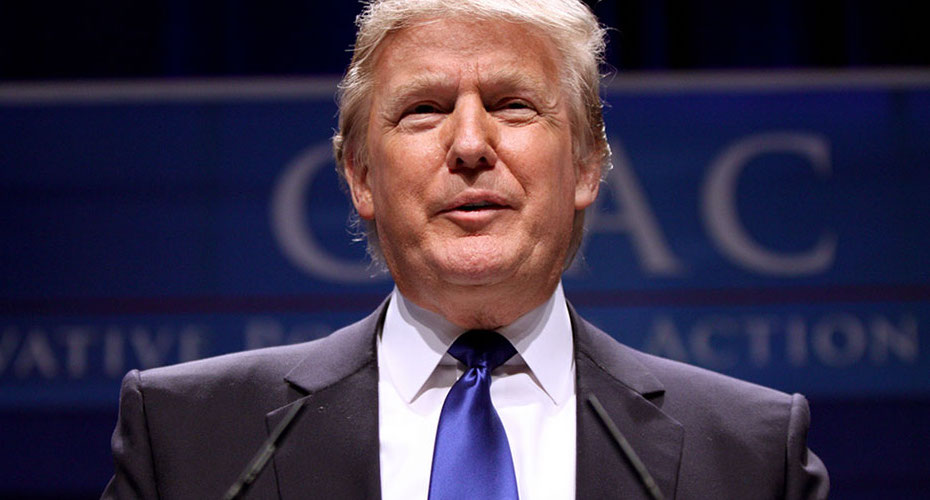
In the annals of history, few figures cast a shadow as long and complex as Francisco Franco Bahamonde. His passing on November 20, 1975, at the age of 82, marked the culmination of a life that irrevocably shaped the destiny of Spain for nearly four decades. For seasoned observers of political power dynamics, Franco’s career represents an unparalleled study in strategic ascent, iron-willed command, and a controversial legacy that continues to spark fervent debate across the globe.
Born into an upper-class military family in Ferrol, Galicia, on December 4, 1892, Franco’s destiny seemed preordained for a life of service. Baptized with the full name Francisco Paulino Hermenegildo Teódulo at the military church of San Francisco just thirteen days later, his early years laid the groundwork for a disciplined and ambitious path. Although his father, a naval officer, abandoned the family when Franco was fourteen, young Francisco forged a strong bond with his mother, absorbing lessons in moderation, austerity, and self-control, and perhaps inheriting a sternness from his estranged father.
His initial ambition was to follow his father into the Navy, but a reduction in the need for naval officers following the Spanish-American War steered him towards the Army. In 1907, at the age of fourteen, he entered the Toledo Infantry Academy, younger than most of his peers. Despite being bullied for his small stature, he excelled academically due to his strong memory, graduating in July 1910 as a second lieutenant, ranking 251st out of 312 cadets in his class.

Franco’s true crucible, however, was the Spanish protectorate in Morocco, a theater of intense conflict and rapid advancement. Promoted to first lieutenant in June 1912, he was commissioned to Morocco two years later. Here, amid the fierce Riffian rebellions, Spanish officers faced constant peril, with the saying “la caja o la faja” (a coffin or a general’s sash) aptly describing the high stakes. Franco swiftly gained a formidable reputation as an effective and resolute officer.
In 1913, he made a pivotal move by transferring to the newly formed regulares, Moroccan colonial troops renowned as elite shock forces. It was in this unforgiving environment that Franco, then a captain at the age of 23, sustained his only combat wound, being shot in the abdomen during an assault at El Biutz in 1916. His miraculous recovery, perceived by his Moroccan troops as a sign of divine blessing or “baraka,” only solidified his legend. Although initially denied, his appeal to the king resulted in a promotion to major by February 1917 at the age of 24, making him the youngest major in the Spanish army at the time—a clear indication of his meteoric rise.
His tenure as second-in-command of the Spanish Foreign Legion, founded in 1920 by Lieutenant Colonel José Millán Astray, further cemented his reputation. In the devastating defeat at Annual in 1921, the Legion, under Franco’s leadership, notably relieved the city of Melilla after a grueling three-day forced march. By 1923, he commanded the Legion as a lieutenant colonel. His marriage to María del Carmen Polo y Martínez-Valdès in October 1923, and subsequent presentation to King Alfonso XIII, marked him early on as an officer with royal connections.

Franco’s strategic acumen shone most brilliantly in 1925 when he led the first wave of troops ashore at Al Hoceima, a decisive landing that, combined with a French invasion, signaled the end of the Republic of the Rif. This critical maneuver earned him a promotion to brigadier general on February 3, 1926, making him, at the age of 33, arguably the youngest general in all of Europe. His appointment as director of the newly established General Military Academy of Zaragoza in 1928, a unified institution for all Spanish army cadets, demonstrated the high esteem in which he was held.
However, the political landscape shifted dramatically with the municipal elections in April 1931, leading to the establishment of the Second Spanish Republic and the abolition of the monarchy. While Franco, a conservative monarchist, regretted this turn of events, he did not challenge the legitimacy of the Republic. His first clash with the new regime occurred when the provisional War Minister, Manuel Azaña, closed his beloved academy in June, reprimanding Franco for a farewell speech that Azaña found insulting. For six months, Franco found himself without a post and under surveillance.
The Republic’s reformist policies, including secularization and land expropriation, fueled increasing opposition, particularly from moderate Catholics and landowners. Franco, a subscriber to the monarchist journal Acción Española and a believer in a “Jewish-Masonic-Bolshevik conspiracy,” regarded these changes with profound concern. Despite a temporary demotion in rank in January 1933 due to Azaña’s military reforms, he was given command of the Balearic Islands, a post above his rank, yet one he disliked for its remoteness from the political center.
The political tension escalated significantly following the October 1933 elections. The victory of the center-right CEDA party, despite receiving the most votes, encountered resistance from the president in forming a government. When CEDA finally secured three ministries a year later, the Socialists, having prepared for months, launched a violent insurrection, most notably in Asturias. This desperate move by the left, aimed at thwarting what they perceived as a drift towards fascism, quickly degenerated into widespread violence, targeting religious institutions and personnel.

Franco, then a General of Division and aide to the War Minister, was called upon to quell this brutal uprising. Employing troops from the Spanish Army of Africa, including his former comrades in the Spanish Foreign Legion and Moroccan Regulares Indígenas, he led the suppression, which lasted two weeks and resulted in a staggering death toll. This “frontier war,” as Franco described it, solidified his image as an officer willing to use decisive force against domestic unrest, framing the rebels as an attack on “civilization to replace it with barbarism.”
His role in Asturias elevated his status, making him Commander-in-Chief of the Army of Africa and, from May 1935, Chief of the General Staff. However, the political situation in Spain continued to evolve. The 1936 general election was highly contentious, with allegations of electoral fraud by the leftist Popular Front. The political climate grew increasingly volatile, with figures like José Calvo Sotelo advocating for a military coup and spreading anti-communist rhetoric.
Amidst this turmoil, Franco, despite initial reluctance, was sent to the Canary Islands in February 1936, an assignment he viewed as a “banishment.” However, a conspiracy, led by General Mola, was already taking shape. Franco maintained an ambiguous position until the last moment, even writing to the head of government offering to quell military discontent. But with the assassination of right-wing opposition leader Calvo Sotelo, the spark was ignited, and the military uprising was set for July 18.
Franco, entrusted with the critical task of commanding the Army of Africa, departed for the continent on July 18, 1936, publishing a manifesto announcing the rebellion. The initial coup, however, failed to secure a swift victory; instead, it ignited the Spanish Civil War. His immediate challenge was to move his African troops to the Iberian Peninsula, as the Republican loyalist Navy controlled the Strait of Gibraltar. His tactical brilliance and diplomatic acumen immediately came into play.

He swiftly secured aid from Fascist Italy and Nazi Germany, acquiring critical transport aircraft that enabled him to establish an air bridge, ferrying 1,500 soldiers to Seville to consolidate rebel control. By early August, Franco had broken the naval blockade, successfully deploying a convoy of ships carrying thousands more troops. This early phase demonstrated his strategic foresight, as he rapidly secured foreign material support and critical manpower, in contrast to his fragmented Republican opponents.
From August onward, his column, commanded by Lieutenant-Colonel Juan Yagüe, marched through Extremadura towards Madrid. A controversial decision on September 21 led Franco to divert his forces to relieve the besieged garrison at the Alcázar of Toledo. While this move provided the Popular Front with valuable time to bolster Madrid’s defenses, it constituted a symbolic victory that galvanized Nationalist morale and showcased Franco’s commitment to his troops, a calculated risk that paid off in intangible ways.
In the Nationalist zone, with the designated leader General José Sanjurjo having tragically died in a plane crash, a power vacuum emerged. Franco, who had commanded Spain’s African colonial army with undeniable success and had cultivated strong ties with Germany and Italy, quickly ascended to prominence. His prior political aloofness meant that he had few active enemies among the Nationalist factions, making him the ideal unifying figure.

On October 1, 1936, in Burgos, Francisco Franco was publicly proclaimed “Generalísimo of the National Army and Jefe del Estado” (Head of State). He skillfully amalgamated all nationalist parties into the FET y de las JONS, establishing a one-party state and fostering a cult of personality around his rule through the Movimiento Nacional. This marked the commencement of his decades-long reign, a period characterized by both relentless political repression and, eventually, a dramatic economic transformation.
His government’s early years were marked by a severe crackdown on political opponents, employing forced labor, concentration camps, and executions that resulted in tens of thousands of deaths. During World War II, Franco adeptly navigated Spanish neutrality, though he covertly supported the Axis powers as a recompense for their crucial aid during the Civil War. This complex balancing act enabled Spain to avoid direct conflict but tarnished its international standing.
As the Cold War commenced, Franco, ever the pragmatist, altered Spain’s course. Through technocratic and economically liberal policies, he lifted the country out of its mid-20th-century economic depression, presiding over a period of accelerated growth known as the “Spanish Miracle.” His regime also transitioned from a totalitarian state to an authoritarian one with limited pluralism, aligning Spain with the anti-communist movement and garnering crucial support from the West, particularly the United States.
In his final years, having struggled with Parkinson’s disease since the 1960s, Franco gradually relinquished some executive powers, resigning as prime minister in 1973, though he remained Head of State and Commander-in-Chief. His death in 1975, at the age of 82, and subsequent entombment in the Valle de los Caídos, initiated Spain’s transition to democracy under King Juan Carlos, whom Franco had restored as monarch.

Francisco Franco’s career and impact, much like the record of a legendary, albeit divisive, athlete, remain a subject of intense scrutiny and debate. His reign witnessed brutal repression and a staggering human cost, with death tolls ranging from 100,000 to 200,000 due to wartime killings and the White Terror. Yet, it also heralded a period of economic prosperity that significantly enhanced the quality of life for many Spaniards. His adaptable approach, though centered on a highly centralized government and authoritarianism, accommodated social and economic reform.
His passing, the ultimate final whistle, marked the end of an era defined by his singular will and strategic acumen. The “game” he played, encompassing military triumphs, civil war, and decades of absolute rule, had profound and enduring consequences. While his legacy is perceived through vastly different lenses—a savior to some, a tyrant to others—there is no denying the monumental scope of his influence, rendering his life story a permanent fixture in the Hall of Fame of transformative, albeit tragic and controversial, historical figures.



